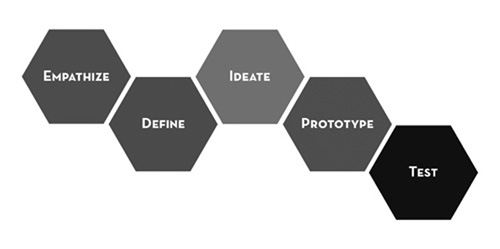Law.com Subscribers SAVE 30%
Call 855-808-4530 or email [email protected] to receive your discount on a new subscription.
Lawyers Can Innovate with Design Thinking
Design Thinking is a process that can unlock creative, client-based solutions. It is used in technology, product design, manufacturing, government and social enterprises. It employs the designer's sensibility and methods to match people's needs with what is feasible so as to develop a product or service that creates customer value and market opportunity (Tim Brown, Design Thinking, Harvard Business Review, June 2008). In a legal setting, it can be used by the lawyer to match his or her client's needs to what is legally and practically achievable in order to create a successful business or problem-solving strategy. There are a few different models. The one shown on the right has been developed by the Stanford Design School.

The DOJ's Corporate Enforcement Policy: One Year Later
The DOJ's Criminal Division issued three declinations since the issuance of the revised CEP a year ago. Review of these cases gives insight into DOJ's implementation of the new policy in practice.

The DOJ's New Parameters for Evaluating Corporate Compliance Programs
The parameters set forth in the DOJ's memorandum have implications not only for the government's evaluation of compliance programs in the context of criminal charging decisions, but also for how defense counsel structure their conference-room advocacy seeking declinations or lesser sanctions in both criminal and civil investigations.

Use of Deferred Prosecution Agreements In White Collar Investigations
This article discusses the practical and policy reasons for the use of DPAs and NPAs in white-collar criminal investigations, and considers the NDAA's new reporting provision and its relationship with other efforts to enhance transparency in DOJ decision-making.

A Lawyer's System for Active Reading
Active reading comprises many daily tasks lawyers engage in, including highlighting, annotating, note taking, comparing and searching texts. It demands more than flipping or turning pages.

Bankruptcy Sales: Finding a Diamond In the Rough
There is no efficient market for the sale of bankruptcy assets. Inefficient markets yield a transactional drag, potentially dampening the ability of debtors and trustees to maximize value for creditors. This article identifies ways in which investors may more easily discover bankruptcy asset sales.


